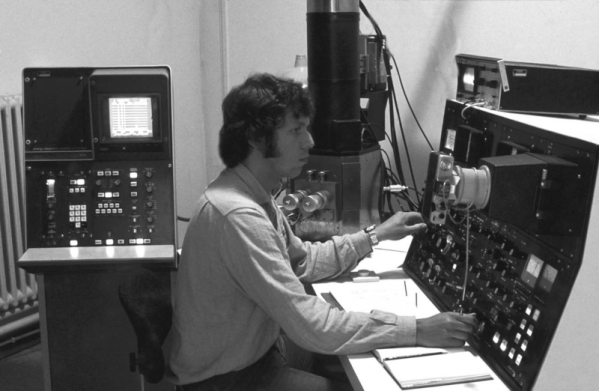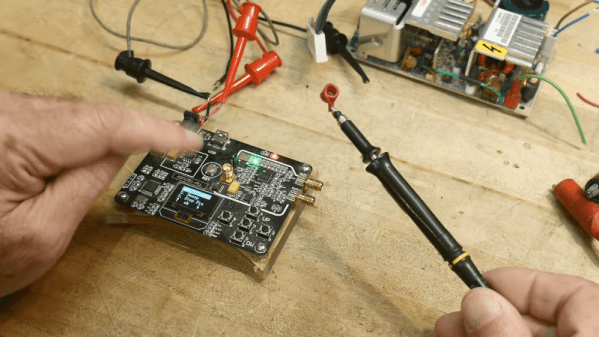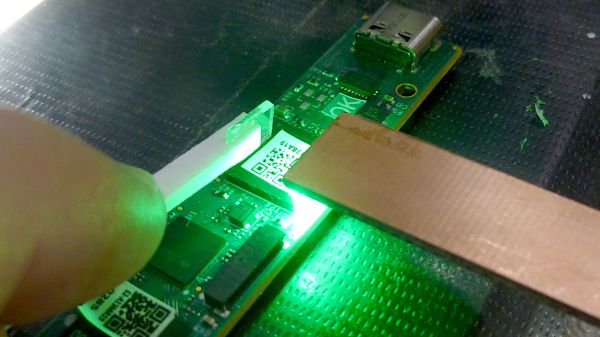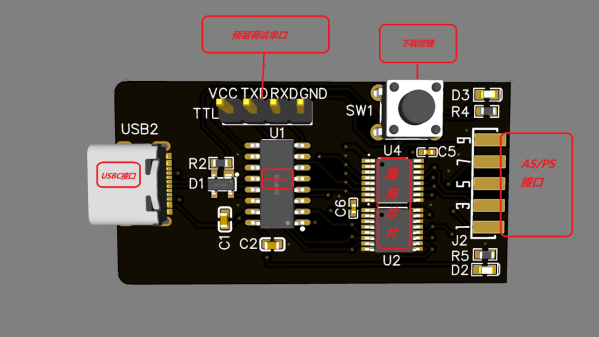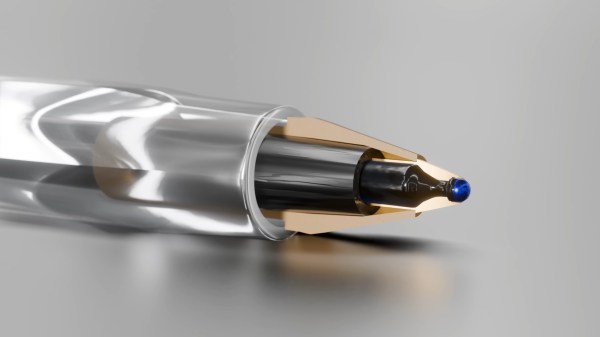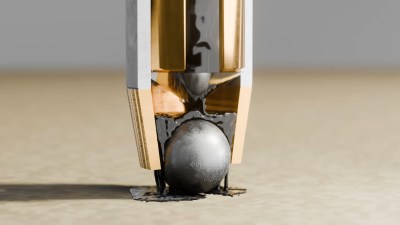You’ve probably used one for everything from opening packages to stripping wires in a pinch (because you know better than to use your teeth). We’re talking about the blade of the iconic Swiss Army knife. And while there are many different models out there, they all feature at least one knife among their utensils. Until now.
Citing pressure due to the increase in worldwide knife violence, the company announced that they’ll be releasing a new range of tools without blades. Carl Elsner, fourth-generation CEO of Swiss Army knife maker Victorinox, is also concerned about increasing regulations surrounding knives at sporting events and other activities. And he has a point: according to the UN’s Global Study on Homicide 2023 (PDF), 30% of European homicides were committed with some type of sharp object.
In an interview with The Guardian, Elsner spoke of creating more specialized tools, such as one for cyclists, who don’t necessarily need a blade. He also mentioned that Victorinox have a tool specifically for golfers, but we’d like to point out that it features, among other things, a knife.
It’s going to be a long time before people stop assuming that the skinny red thing in your pocket contains a knife, especially at the airport. What TSA agent is going to take the time to check out your tool? They’re going to chuck it in the bucket with the rest of them. Would you consider buying a blade-less multi-tool? Let us know in the comments.
Don’t have much need for a knife? Here’s a bench tool that has it all.


